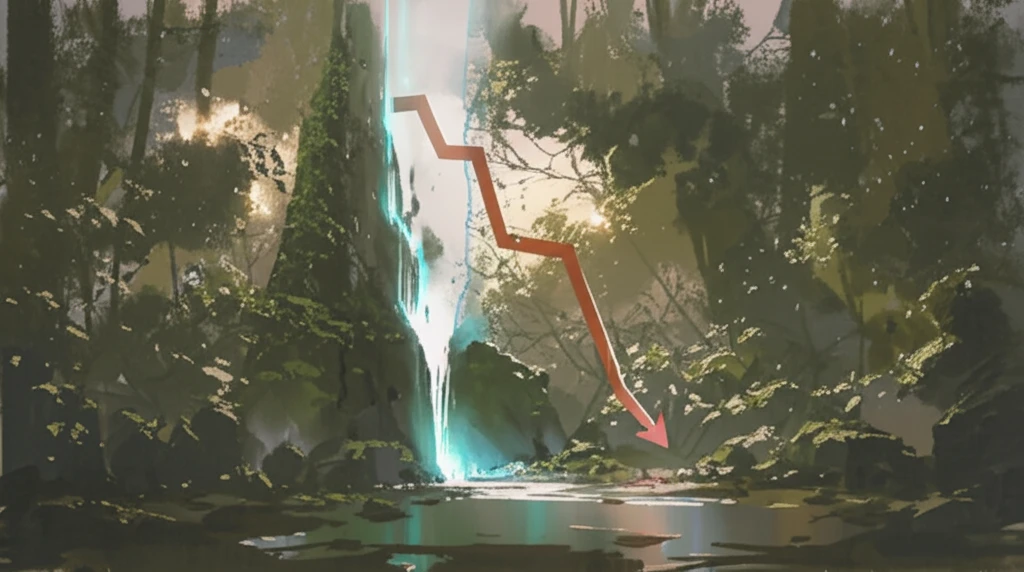
Unmasking the True Cost: Climate Change's Hidden Impact on Economic Growth
"How Overlooking Productivity Losses Could Radically Change Our Understanding of Climate Economics"
For years, the social cost of carbon (SCC) has been a key tool in shaping environmental policy, influencing everything from energy efficiency standards to emissions regulations. But what if the models we use to calculate this cost are fundamentally flawed, vastly underestimating the true economic impact of climate change? That's the unsettling question raised by a groundbreaking study from the University of Chicago Law School.
The traditional approach to calculating the SCC focuses primarily on direct damages: property losses from rising sea levels, decreased agricultural yields due to changing weather patterns, and increased healthcare costs from heat waves. These are significant, no doubt, but they represent only part of the picture. What these models often fail to account for is the more insidious impact of climate change on economic productivity.
Imagine a world where extreme weather events disrupt supply chains, reduce worker productivity, and force businesses to invest in costly adaptation measures instead of innovation. This is the world hinted at by the Chicago study, and it suggests the true cost of climate change could be far higher than previously thought. This is even more important for younger generations which need to be aware of these issues.
The Flaw in the Formula: Why Current Climate Models Fall Short

The Interagency Working Group (IAWG), a U.S. government body, established a standard SCC estimate using integrated assessment models (IAMs). These models, like DICE, FUND, and PAGE, attempt to represent the complex interactions between climate change and the global economy. However, a key assumption baked into these models is that while climate damages may become a large fraction of economic output, they don't fundamentally alter economic trajectories. In other words, economies keep growing, albeit at a slightly slower pace.
- Limited Scope: Most models focus on direct damages, overlooking impacts on productivity.
- Growth Bias: Models often assume continued economic growth, even with severe climate impacts.
- Oversimplification: Complex interactions between climate and the economy are often reduced to simple equations.
The Path Forward: Rethinking Climate Economics for a Sustainable Future
The Chicago study underscores the urgent need to refine our understanding of climate economics. We must move beyond simplistic models that assume continued economic growth, even in the face of severe climate impacts. Instead, we need to develop more sophisticated models that capture the complex feedback loops between climate change, economic productivity, and human well-being. Only then can we accurately assess the true cost of climate change and develop effective policies to mitigate its impact. Understanding these hidden costs is more important than ever, especially for today's youth who will have to live with the effects of climate change. By acting now, we can ensure a more sustainable and prosperous future for all.
